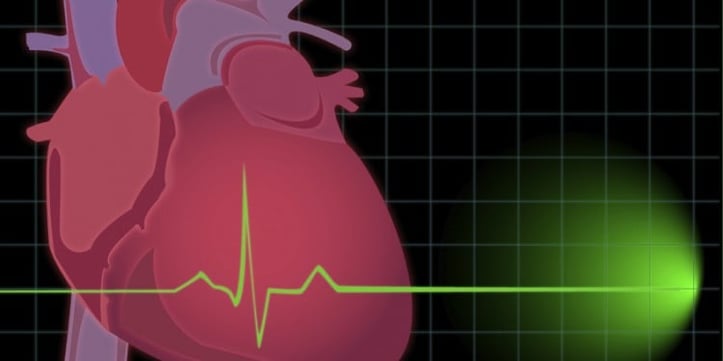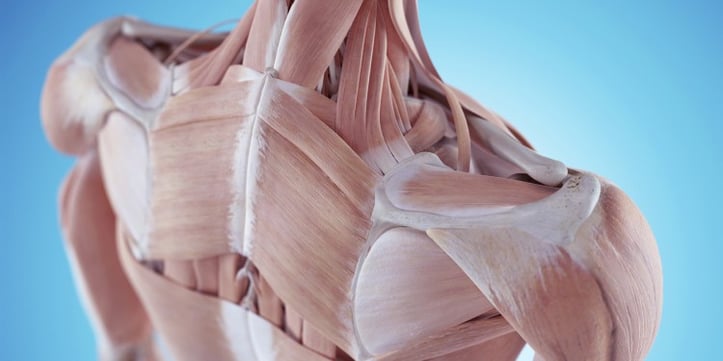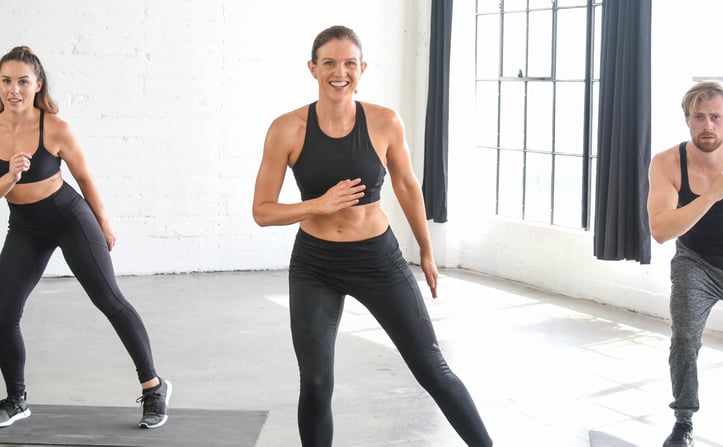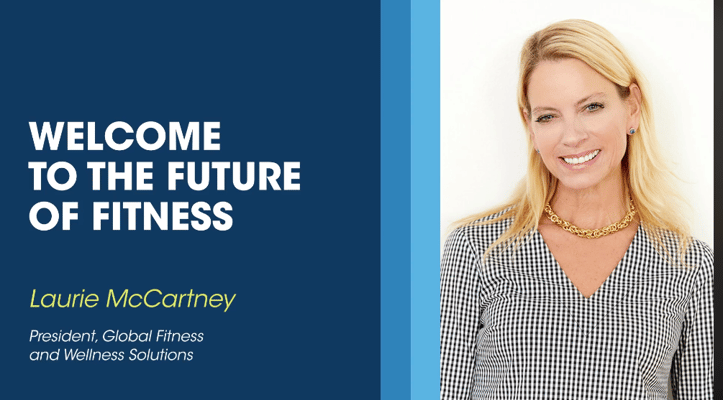Calculate & Boost Your RMR: Science-Backed Strategies for Lasting Fat Loss

Calculate & Boost Your RMR: Science-Backed Strategies for Lasting Fat Loss
Your Resting Metabolic Rate (RMR)—the calories your body burns daily at rest—isn’t just a number on a spreadsheet. It’s your metabolism’s engine, dictating how efficiently you burn fat, maintain energy, and stay healthy. Whether you’re chasing weight loss or simply want to optimize health, understanding and boosting your RMR is key.
What’s RMR (and How Is It Different from BMR?)
RMR refers to the calories your body needs to sustain basic functions (breathing, cell repair, organ function) when awake but at rest. It’s nearly identical to Basal Metabolic Rate (BMR), but RMR is slightly higher (by ~10%) because it includes minimal activity like sitting. For most adults, RMR accounts for 60-75% of total daily calorie burn (ACE, 2023).
How to Calculate Your RMR
While lab tests (indirect calorimetry) are most accurate, you can estimate RMR with the Mifflin-St Jeor equation—trusted by the American Council on Exercise (ACE):
- For men: RMR = (10 × weight in kg) + (6.25 × height in cm) – (5 × age) + 5
- For women: RMR = (10 × weight in kg) + (6.25 × height in cm) – (5 × age) – 161
Example: A 30-year-old woman (60kg, 165cm) = (10×60)+(6.25×165)-(5×30)-161 = 600 + 1031.25 - 150 - 161 = 1,320 calories/day.
5 Proven Ways to Boost Your RMR
Contrary to myths, your RMR isn’t fixed. Here’s how to rev it up, backed by research:
1. Build Muscle with Strength Training
Muscle is metabolically active—each pound burns ~35-50 calories daily at rest (Harvard Health). ACE recommends 2-3 weekly strength sessions (e.g., squats, deadlifts, push-ups) to preserve or gain muscle. Even 20 minutes of resistance training 3x/week can increase RMR by 7% over 6 months (Journal of Strength and Conditioning Research).
2. Prioritize Protein Intake
Protein has a higher thermic effect (TEF) than carbs or fat—your body burns 20-30% of protein’s calories during digestion (NIH). Aim for 0.8-1.2g of protein per pound of body weight (e.g., 60kg = 50-75g/day). Greek yogurt, chicken, and lentils are easy wins.
3. Avoid Extreme Calorie Restriction
Crash diets lower RMR by 15-20% (Harvard), as your body adapts to conserve energy. Instead, aim for a moderate deficit (300-500 calories/day) to lose 0.5-1lb/week—slow, steady loss preserves muscle (and RMR).
4. Sleep 7-9 Hours Nightly
Poor sleep disrupts hunger hormones: less leptin (suppresses appetite) and more ghrelin (stimulates hunger). Just 5 hours of sleep for 4 nights lowers RMR by 5% (University of Chicago). Prioritize a consistent bedtime and limit screen time before bed.
5. Add HIIT to Your Routine
High-Intensity Interval Training (HIIT) boosts afterburn (EPOC)—calories burned post-workout. A 20-minute HIIT session (e.g., 30s sprint/1min walk, repeated) can elevate RMR for 24-48 hours (Medicine & Science in Sports & Exercise).
Common RMR Myths Debunked
- Myth: Cardio alone boosts RMR long-term. Fact: While cardio burns calories, it doesn’t build muscle—so RMR gains are temporary. Pair it with strength training.
- Myth: Age makes RMR decline unavoidable. Fact: While RMR drops ~1-2% per decade after 30, strength training can offset this loss entirely (NASM).
Your Action Plan: Start Today
- Calculate your RMR using the Mifflin-St Jeor equation.
- Add 2 strength sessions/week (try squats, dumbbell rows, or bodyweight push-ups).
- Eat protein at every meal (e.g., eggs for breakfast, chicken for lunch).
- Aim for 7+ hours of sleep—set a bedtime alarm if needed.
Boosting your RMR isn’t about quick fixes—it’s about building habits that keep your metabolism firing 24/7. Start small, stay consistent, and watch your energy, body composition, and health transform. Your metabolism will thank you!

Fit vs Fat: Decoding Health's True Ruler

Pump Up Your Heart: Science-Driven Weight Loss

Wellness Technology: Your Path to Sustainable Weight Loss

A Sensible Guide to Dietary New Year's Resolutions

Prevent Shoulder and Rotator Cuff Injuries with Corrective Exercises

Overcome Fitness Plateaus: 4 Tips for Success

10 x 10 Thanksgiving Day Circuit: A Fitness Guide

Unleash Your Fitness Potential with Kit Rich's Training Secrets

The Future of Fitness: A Guide for Beginners to Intermediates

